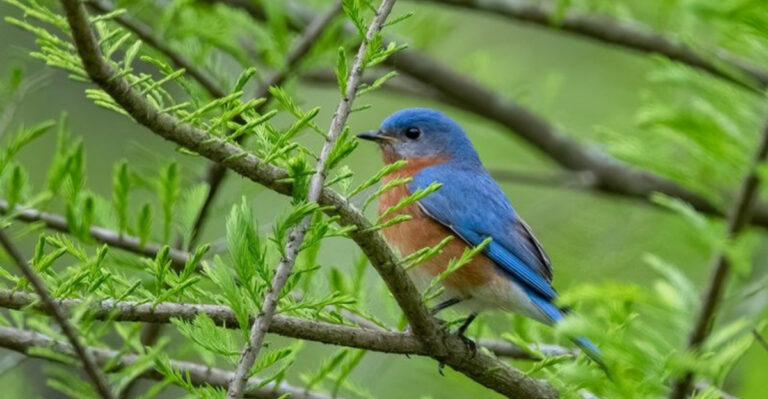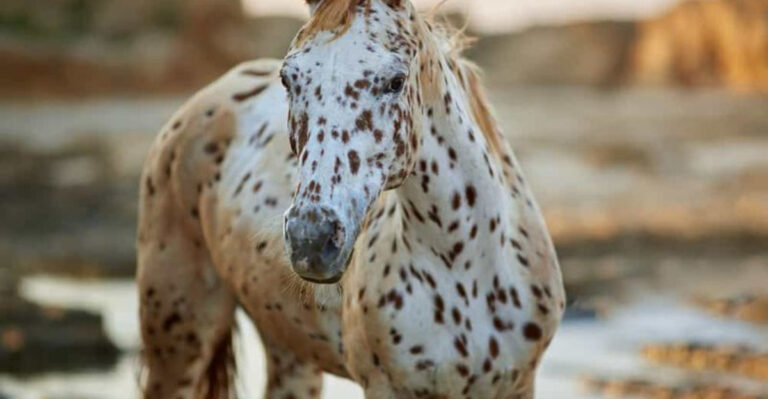The U.S. May Soon Protect All Eight Pangolin Species Under Law
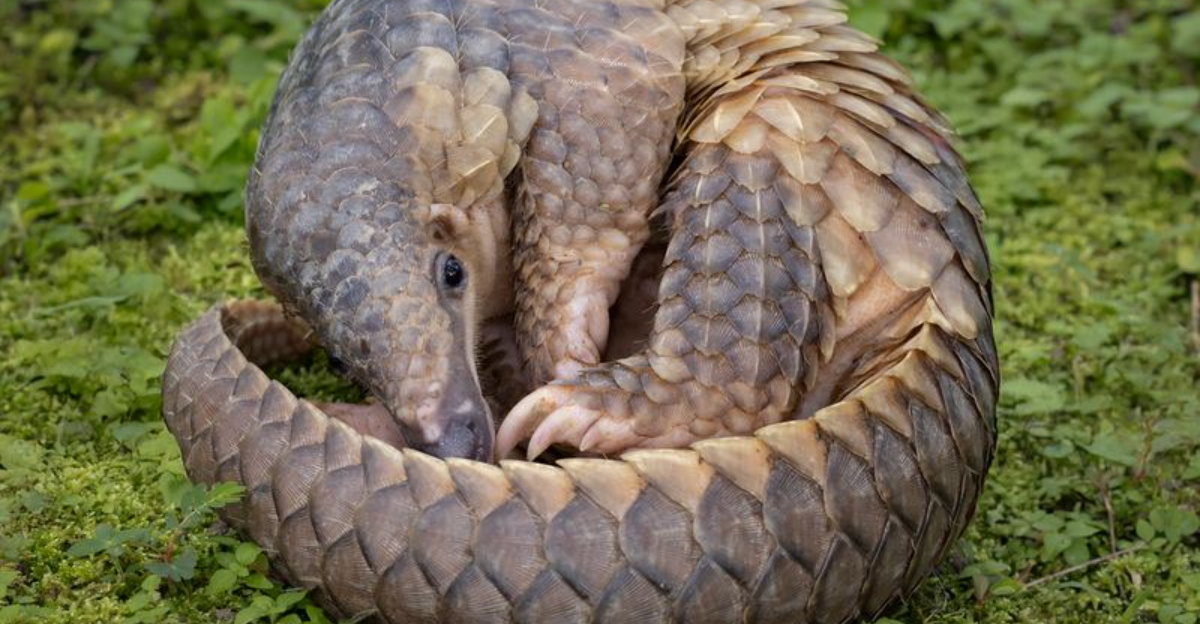
Pangolins, with their distinctive scaled bodies and shy personalities, are facing a crisis. These unique mammals are the most trafficked animals on earth, hunted relentlessly for their scales and meat.
Now, the United States is taking a stand to protect all eight pangolin species under the Endangered Species Act, potentially changing the fate of these remarkable creatures.
1. U.S. Proposal To Protect All Eight Pangolin Species
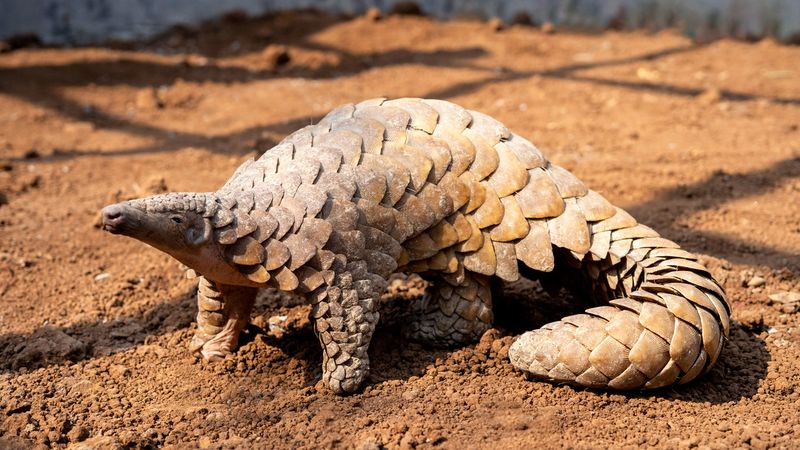
Federal wildlife officials have proposed listing seven additional pangolin species under the Endangered Species Act. This landmark move would join the Temminck’s ground pangolin, already protected since 2016.
The proposal aims to combat the illegal wildlife trade that has devastated pangolin populations worldwide. Despite international trade bans, poaching continues at alarming rates for their scales and meat.
2. Why This Protection Matters
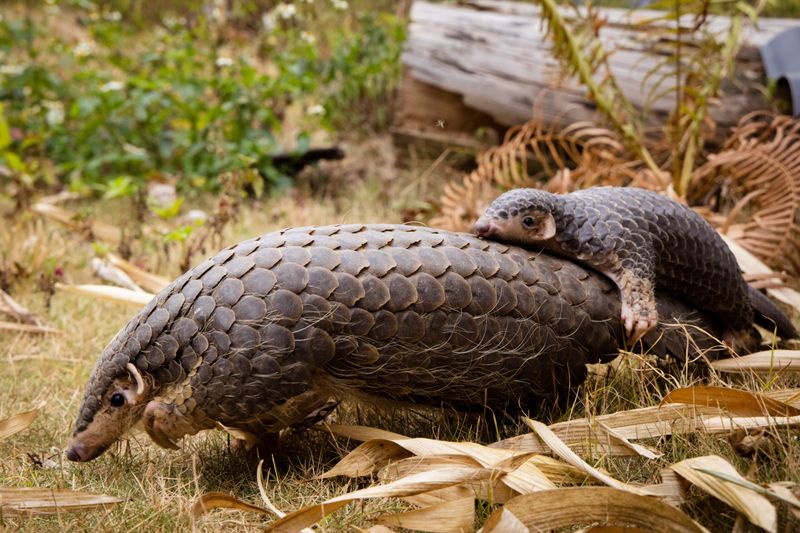
Pangolins serve as nature’s pest controllers, consuming up to 70 million insects annually per animal. Their specialized feeding habits help maintain balanced ecosystems across Africa and Asia.
Female pangolins typically produce just one offspring per year, making population recovery painfully slow. Without intervention, some species could vanish within our lifetime.
3. Chinese Pangolin (Manis Pentadactyla)
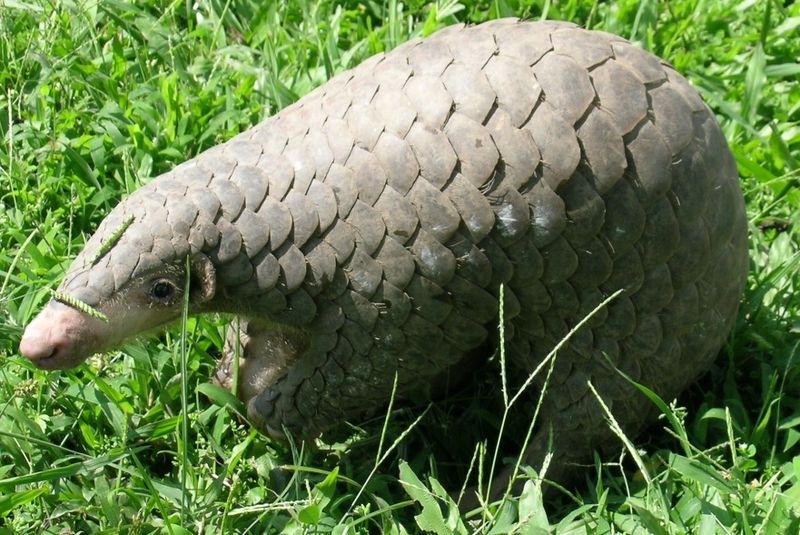
Once abundant across eastern Asia, Chinese pangolins have suffered a catastrophic 90% population decline in just two decades. Their highly specialized diet consists almost exclusively of ants and termites.
Traditional Chinese medicine prizes their scales, driving unprecedented hunting pressure. A single pangolin can fetch thousands of dollars on the black market.
4. Indian Pangolin (Manis Crassicaudata)
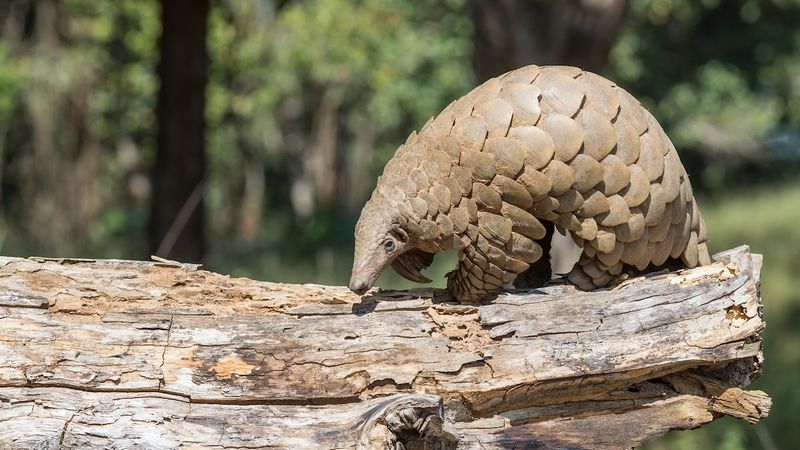
Powerfully built with thick protective scales, Indian pangolins can consume up to 20,000 ants in one night. Their strong digging claws create extensive burrow systems throughout the dry forests of South Asia.
Local folklore often portrays these creatures as mystical beings. Many communities believe their scales hold magical properties, fueling hunting despite legal protections.
5. Sunda Pangolin (Manis Javanica)
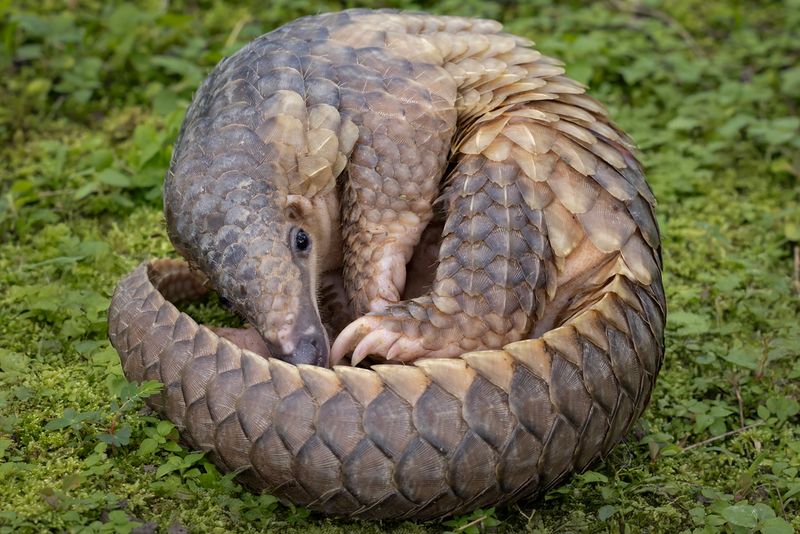
Masters of the trees, Sunda pangolins navigate Southeast Asian forests with remarkable agility. Their prehensile tails function like a fifth limb, providing balance and grip during arboreal adventures.
Sadly, these tree-dwelling specialists face extinction due to rampant poaching. Habitat fragmentation compounds their struggle, isolating populations and limiting genetic diversity.
6. Philippine Pangolin (Manis Culionensis)
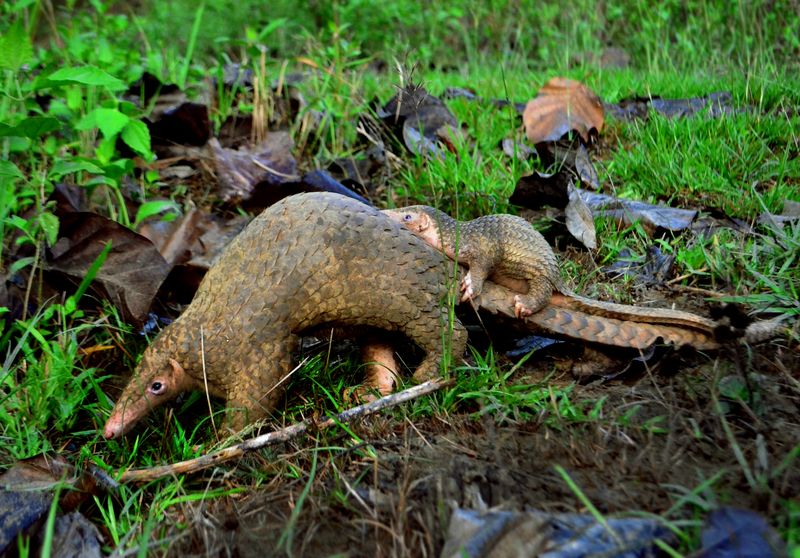
Found only on Palawan Island and nearby areas, Philippine pangolins represent one of the most geographically restricted species. Scientists only recognized them as distinct from Sunda pangolins in 1998.
Their limited range makes them especially vulnerable to habitat destruction. Deforestation for agriculture and mining threatens their remaining forest sanctuaries.
7. White-Bellied Pangolin (Phataginus Tricuspis)
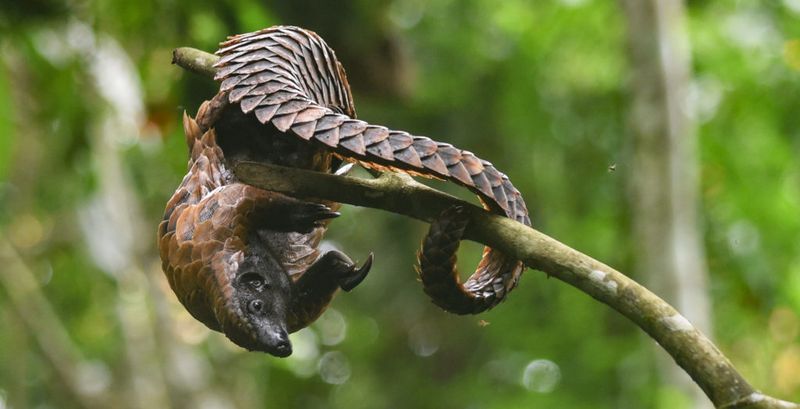
Africa’s most arboreal pangolin species spends much of its life high above the forest floor. Their semi-prehensile tails can support their entire body weight while feeding.
White-bellied pangolins communicate through scent marking. They possess specialized anal glands that produce pungent territorial signals, helping these solitary animals find mates during breeding season.
8. Giant Ground Pangolin (Smutsia Gigantea)
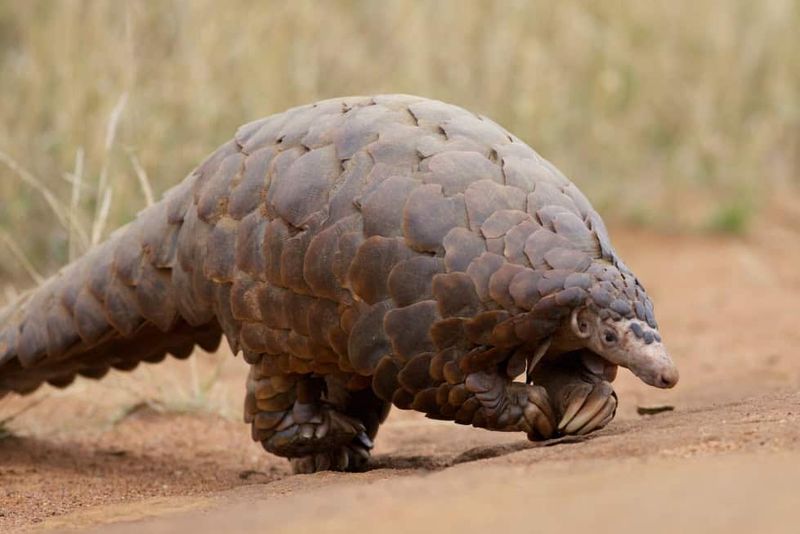
Tipping the scales at up to 75 pounds, giant ground pangolins dwarf their relatives. Their massive front claws can tear through concrete-hard termite mounds with astonishing efficiency.
These gentle giants possess remarkable strength yet remain incredibly vulnerable. Hunters specifically target them for their large size, which yields more scales and meat for illegal markets.
9. Black-Bellied Pangolin (Phataginus Tetradactyla)
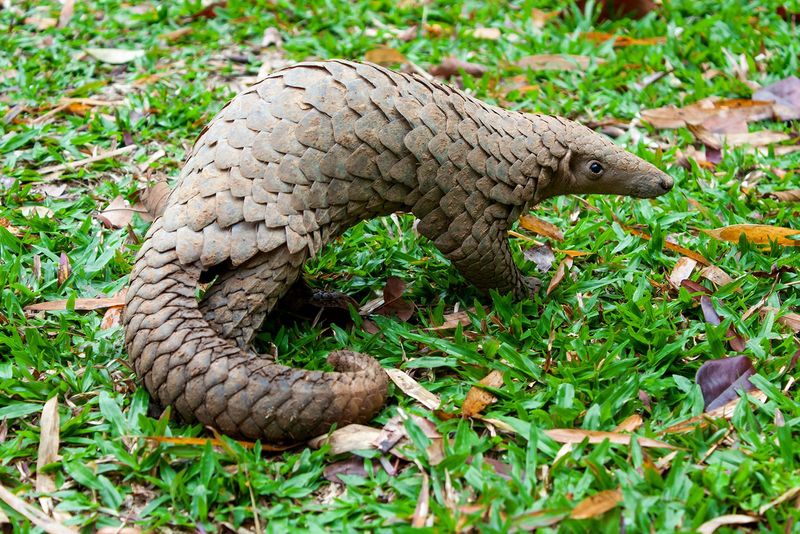
Sporting a distinctive dark underbelly that gives them their name, these small pangolins rarely descend from the treetops. Their specialized foot pads grip bark with remarkable tenacity, even in tropical downpours.
Mothers carry babies on their tails during foraging trips. This touching behavior ensures offspring learn critical survival skills while staying protected from predators.
10. Temminck’s Ground Pangolin (Smutsia Temminckii)
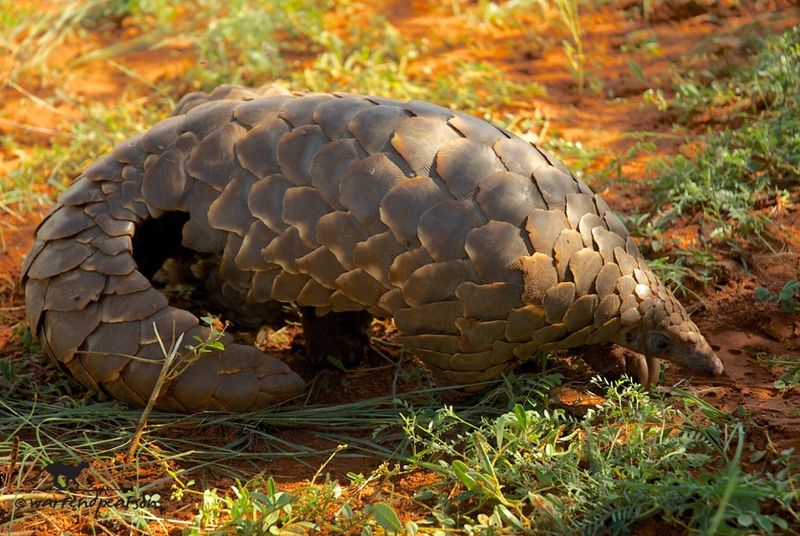
Already protected under U.S. law since 2016, Temminck’s ground pangolins are master diggers. Their powerful limbs create extensive burrow networks that provide shelter for numerous other species.
During thunderstorms, these pangolins perform curious “rain dances.” They stand on hind legs with arms outstretched, possibly to collect water or wash ants from crevices exposed by rainfall.
11. A Critical Step For Conservation
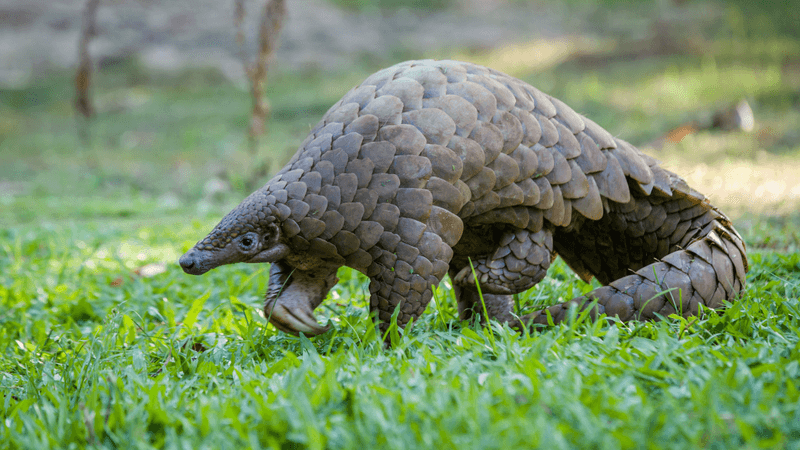
The proposed U.S. protections represent a crucial lifeline for pangolins worldwide. By eliminating America as a potential market, traffickers face significant new barriers to their illegal trade networks.
Conservation groups have applauded this development while emphasizing more work remains. Public comments on the proposal offer everyday citizens a chance to support this vital conservation effort before final decisions are made.




